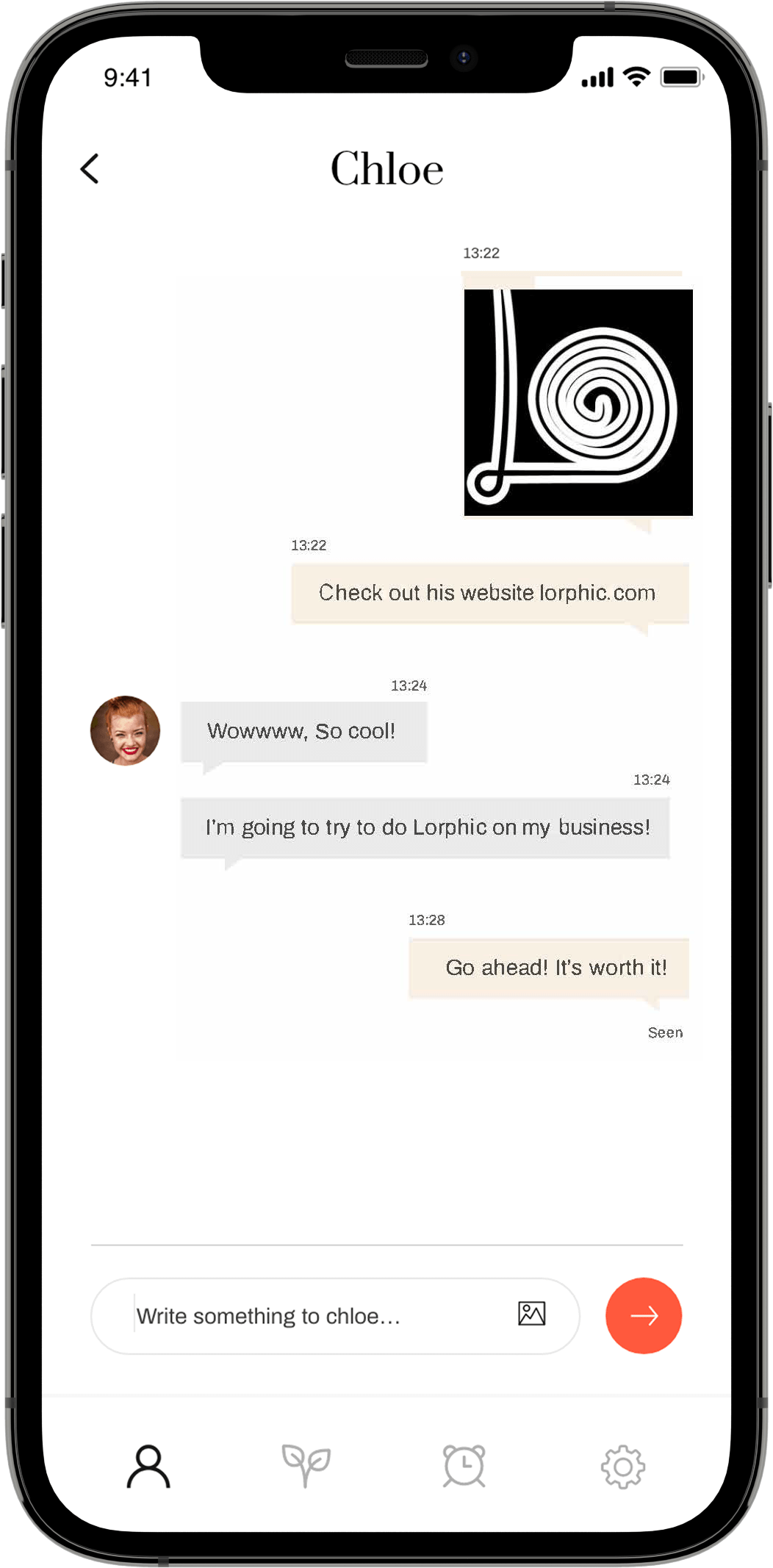Norway is a leading country when it comes to digital ID. It is already an almost “must” to be able to live life: for online banking and many other things, wrote Swedish journalist Peter Imanuelsen. Now Norwegian authorities want even more control over citizens. The Norwegian State Statistics Bureau (“SSB”) already knows where people live and their income and now, they also want to monitor Norwegians’ grocery store purchases. They want to know every single food item that consumers buy.
Expose – SSB, or Statistics Norway, has stated that data containing information on payment transactions from and including 1 January 2022 must be submitted by Nets. “Technical solution and frequency of transfers are specified in more detail in dialogue with Nets, with a requirement for monthly deliveries as a minimum.”
In early 2019, Nets, a market leader in the European payments industry, expanded contracts with Eika Gruppen, a strategic alliance of 69 Norwegian banks, and DNB, Norway’s largest bank. Today, Nets processes 8 out of 10 in-store payments. The SSB requires that Nets share detailed information on all transactions with authorities.
Statistics Norway has published consumption statistics since 1958. “The purpose of the statistics is to provide a detailed picture of Norwegian households’ annual consumption of goods and services … For many years, the Norwegian Directorate of Health has used figures from the Consumption Survey to calculate the development of the Norwegian diet … Until 2012, data on household consumption were collected through sample surveys … A study of previously received test data from Nets shows that payment transactions can be used to improve the quality of statistics in several areas … Transaction data from Nets is highlighted as an important data source.” SSB said.
Other reasons stated by the SSB for tracking Nets payments are:
- a far better knowledge base on developments in the Norwegian diet with higher quality and level of detail than before;
- as a data source for business cycle statistics for the business sector; and,
- for more comprehensive statistics on who uses private health services and the costs.

In the same article from which the image above was taken, published on 6 May, the SSB stated (translation to English using Google):
The benefit is related to the fact that BankAxept transactions from Nets can be utilised as a new source in various official statistics that Statistics Norway produces and thus contribute to improving quality and timeliness in the production of statistics.
Description of data that respondents must report – Information corresponding to what Nets delivered in 2021 must be reported with data from 2018. It includes the following fields that have relevant information related to completed payment transactions via BankAxept: transaction date, transaction type status, card service, user site number, username, [Bank] Account no, item purchase amount, total amount.
Nets has expressed that it will require a lot of resources to make a sample-specific extract of payment transactions from their systems, as the systems are to a small extent adapted to this. After reviewing various alternatives, Nets, in collaboration with Statistics Norway, has decided that the best solution is to extract all transaction data for a given period.
Payment transactions from Nets contain the ID of the cardholder in the form of an account number. This information is unique and personally identifiable. In order to meet the statistical needs of the consumption statistics and the diet statistics, there will also be a need to compare payment transactions from Nets with other personally identifiable information.
Statistics Norway will link the payment transactions from Nets to receipts for purchases in the large grocery chains in Norway. As of today, Statistics Norway collects receipt data from the four largest grocery chains. A link between a payment transaction made with a debit card and a grocery receipt enables Statistics Norway to link a payment transaction and receipt for just over 70 per cent of grocery purchases.
Collection of payment transactions via BankAxept from Nets Branch Norway, Statistics Norway, 6 May 2022
“So, imagine that! Norway is going to connect payment details done with card payments and grocery store receipts to figure out exactly what kind of food people are buying, and who is buying it. In other words, Norway will track exactly what kind of food citizens are buying. We are talking about a new level of state control here,” Imanuelsen wrote.
Not only is the state collecting data on all card transactions and pairing them with receipts from stores to monitor what exactly consumers buy, but they will also keep the data indefinitely.
As reported by NRK, Statistics Norway stated that it will be obtaining 2.4 million receipts daily and 1.6 billion transactions annually. The data will “in principle” not be deleted.
Some grocery stores are considering appealing the decision made by Norway Statistics.
We will appeal the decision and in parallel ask for guidance from the Norwegian Data Protection Authority, Executive Vice President Truls Fjeldstad of food retailer NorgesGruppen, the decision is “so intrusive towards our customers’ personal information that we cannot follow this without consulting the Data Inspectorate.”
And Coop Communications Manager Harald Kristiansen has said that Coop is considering appealing the decision.
The Data Inspectorate told NRK that they had received an inquiry to look into the case and that it is currently too early to say anything more about further proceedings.
Read more: Statistics Norway demands to know exactly what Norwegians buy in the grocery store, NRK, 28 May 2022

